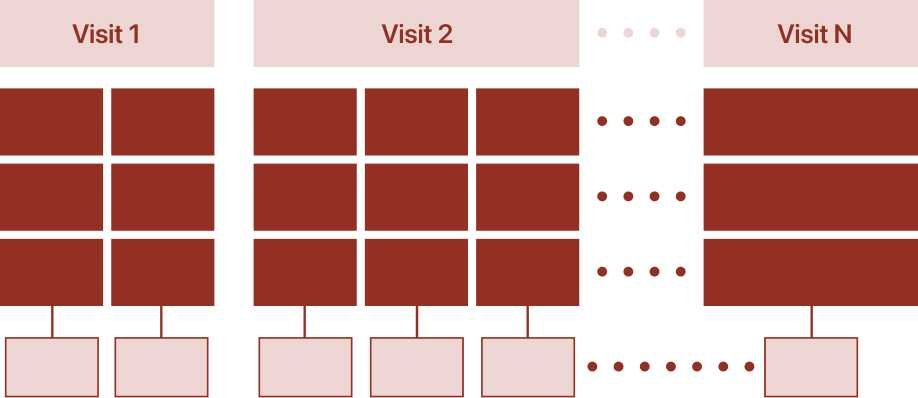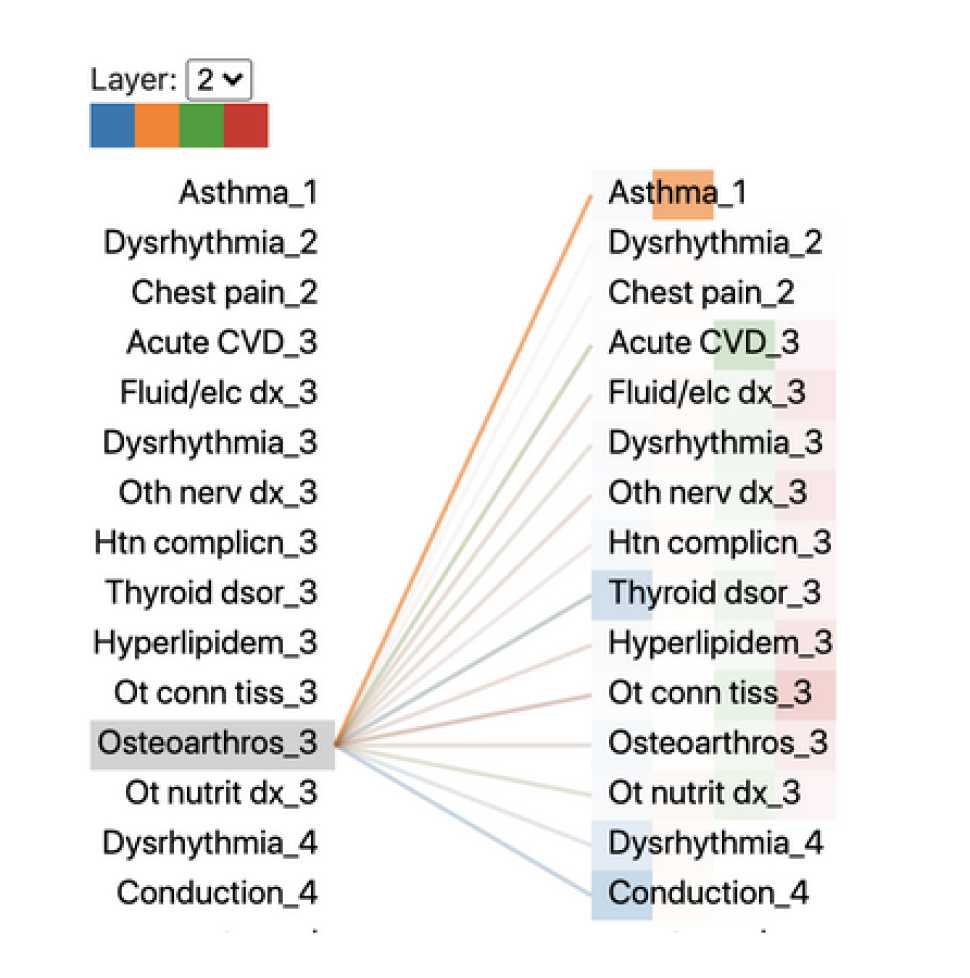Case study
Electronic Health Records
Stanford University’s Emergency Medicine Department from the School of Medicine
Learn More
Stanford University’s Emergency Medicine Department from the School of Medicine leads the advancement of emergency medicine through innovation and scientific discovery. The department benefits from collaboration with other disciplines at Stanford, within local Silicon Valley, and across the globe.
The goal
The client wanted to create predictive models capable of using a patient’s Electronic Health Records (EHR) to anticipate the reason and timing of the patient’s next visit to the emergency room. Specifically, we were focused on surmising visits caused by domestic violence.
The Data
The data consisted of over 300 million patient visits to the emergency room from different hospitals in the US. As it is extremely sensitive data, it was anonymized, deleting all patient identificatory traits and keeping only relevant demographic information.
Our Solution
We worked with different transformer architectures, using EHR data as input to predict the next patient’s visit. Our work consisted in pre-training with a large dataset and fine-tuning with the domestic violence task. Having a pre-trained model, we were capable of fine-tuning with less amounts of data for new tasks (that can include respiratory problems, heart diseases or else). This scalability at a minimum cost is one of the main benefits of the approach we selected.
Additionally, we worked with attention layers visualizations to add explainability to our predictions. This means that we not only predict why a patient could return but also analyze what in the patient’s history helps us come to that conclusion.
Technology
Transformers are popular architectures since they do not have the same limitations as LSTM when dealing with long term dependencies. They are very popular in natural language processing problems, being Google’s BERT one of the most notorious implementations.
We modified existing transformers, pre-trained and fine tuned our own with our dataset, and we managed to achieve state of the art results.
Results
Do you want to know more? Contact us.
Get in touch with one of our specialists.
Let's discover how we can help you
Training, developing and delivering machine learning models into production
Contact us
Got a project?
Let's talk
About us
Industries
Expertise
Services















